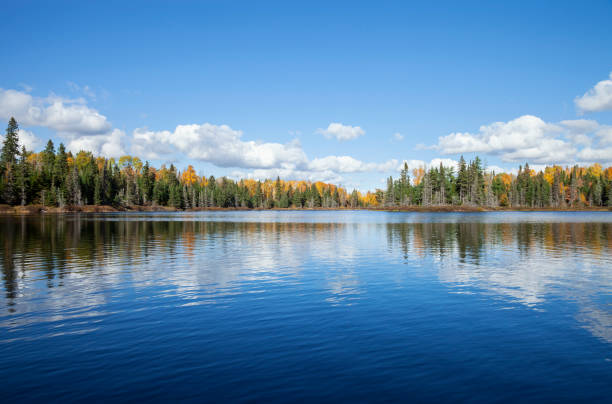


On a small inflatable boat last Friday, Evan Brodsky and two co-workers with a whale-watching tour company were on the lookout for gray whales on the Pacific blue waters of Monterey Bay, along the central coast of California.
After four hours of searching, the team had spotted only one whale.
But instead of heading back to the harbor, as the team usually would, Mr. Brodsky, a boat captain and videographer with the tour company Monterey Bay Whale Watch, said he had an “itch” that there was something they could not yet see and decided to stay out on the water.
First, the team of three spotted about 15 dolphins swimming together. It followed the small pod, knowing that dolphins are highly social marine animals that usually travel in larger groups.
Some 30 minutes later, 15 dolphins had turned into hundreds. Then there were thousands.
“I kind of just take a glance and scan the horizon, and maybe about a mile and a half from us the water literally looked like it was boiling,” Mr. Brodsky, 35, said. “It was foaming. There were so many dolphins there.”
In previous outings, Mr. Brodsky had seen pods of hundreds, sometimes thousands, of dolphins, but this was the first time that he had seen a gathering of so many northern right whale dolphins, mixed in with Pacific white-sided dolphins. In the past, he had seen only a few hundred of the species in one place.
